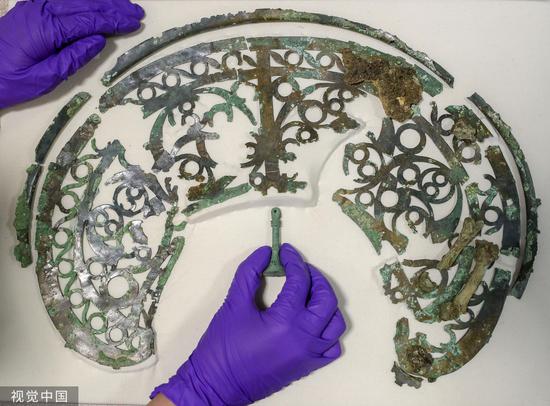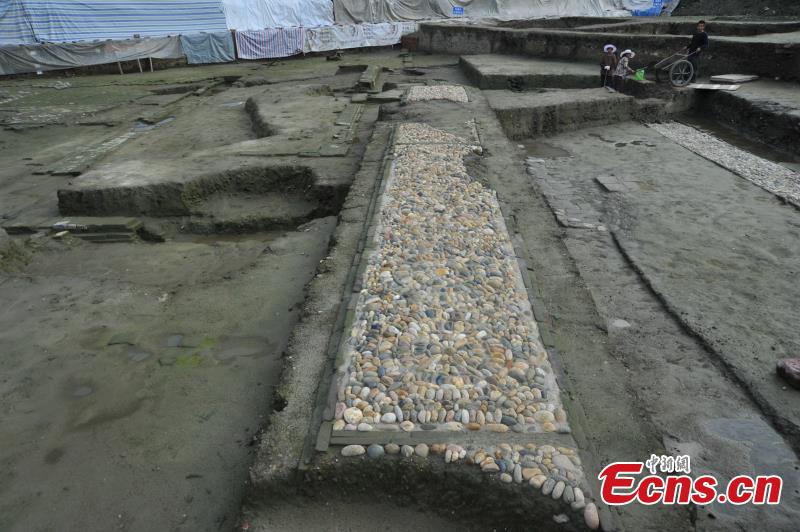
Archaeologists continue with excavation work that began in 2013 at the Donghua Gate ruins in Chengdu City, Sichuan Province. The site has revealed important findings about the remains of urban residential areas from the Qin (221-206 BC) and Han (206 BC-220 AD) dynasties and the Princess Shu Residence from the Ming Dynasty (1368-1644). More than 10,000 pieces of pottery items, in shapes including cups, plates, bowls, and bottles, have been found at the Princess Shu Residence. (Photo: China News Service/Zhong Xin)
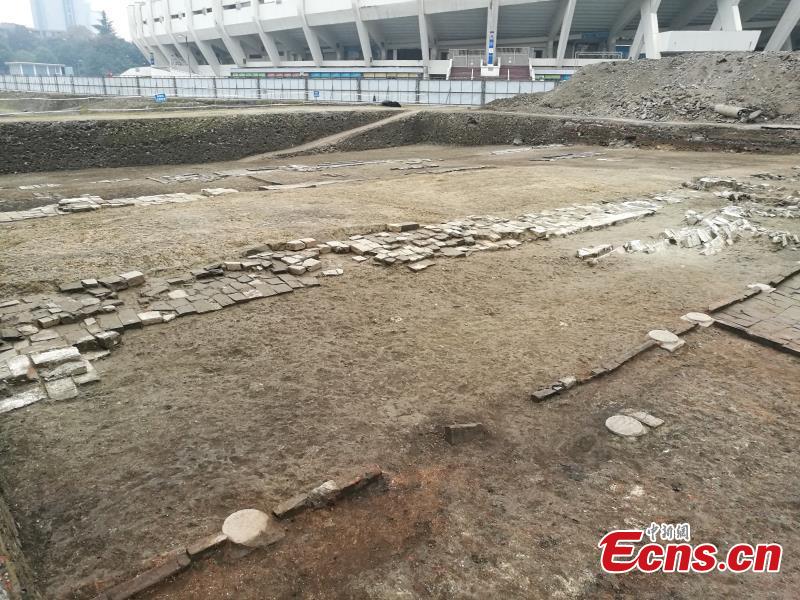
Archaeologists continue with excavation work that began in 2013 at the Donghua Gate ruins in Chengdu City, Sichuan Province. The site has revealed important findings about the remains of urban residential areas from the Qin (221-206 BC) and Han (206 BC-220 AD) dynasties and the Princess Shu Residence from the Ming Dynasty (1368-1644). More than 10,000 pieces of pottery items, in shapes including cups, plates, bowls, and bottles, have been found at the Princess Shu Residence. (Photo: China News Service/Zhong Xin)
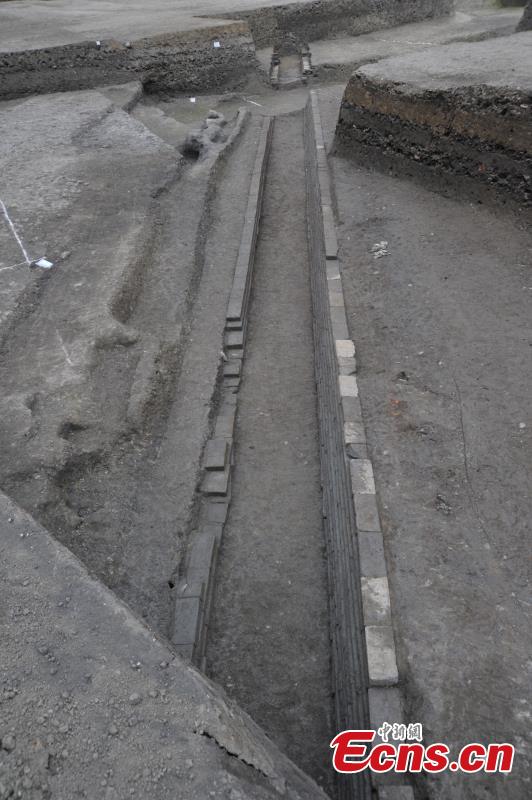
Archaeologists continue with excavation work that began in 2013 at the Donghua Gate ruins in Chengdu City, Sichuan Province. The site has revealed important findings about the remains of urban residential areas from the Qin (221-206 BC) and Han (206 BC-220 AD) dynasties and the Princess Shu Residence from the Ming Dynasty (1368-1644). More than 10,000 pieces of pottery items, in shapes including cups, plates, bowls, and bottles, have been found at the Princess Shu Residence. (Photo: China News Service/Zhong Xin)
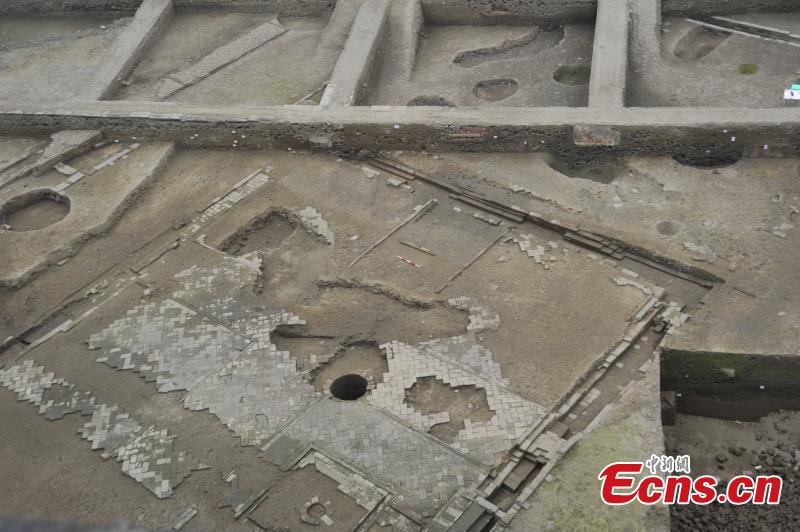
Archaeologists continue with excavation work that began in 2013 at the Donghua Gate ruins in Chengdu City, Sichuan Province. The site has revealed important findings about the remains of urban residential areas from the Qin (221-206 BC) and Han (206 BC-220 AD) dynasties and the Princess Shu Residence from the Ming Dynasty (1368-1644). More than 10,000 pieces of pottery items, in shapes including cups, plates, bowls, and bottles, have been found at the Princess Shu Residence. (Photo: China News Service/Zhong Xin)
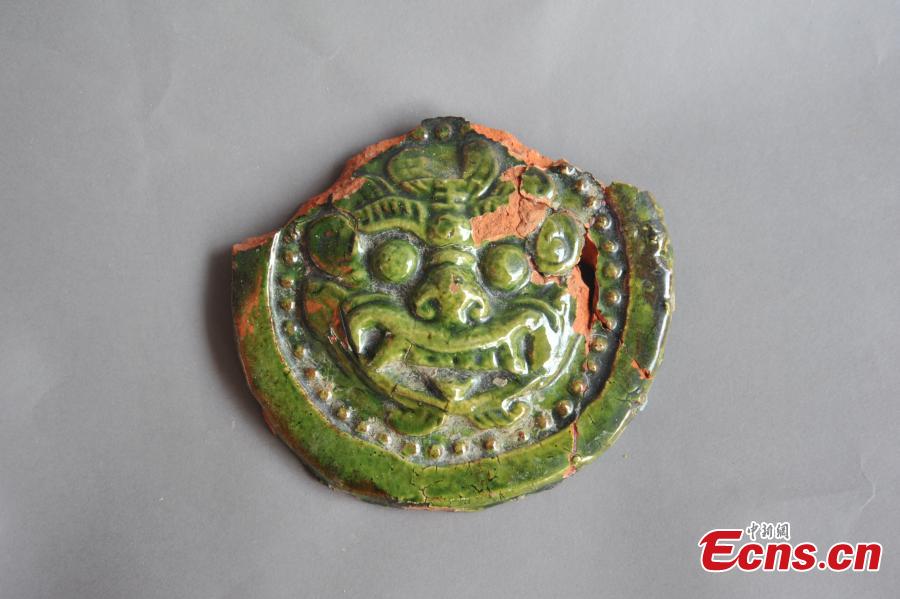
Archaeologists continue with excavation work that began in 2013 at the Donghua Gate ruins in Chengdu City, Sichuan Province. The site has revealed important findings about the remains of urban residential areas from the Qin (221-206 BC) and Han (206 BC-220 AD) dynasties and the Princess Shu Residence from the Ming Dynasty (1368-1644). More than 10,000 pieces of pottery items, in shapes including cups, plates, bowls, and bottles, have been found at the Princess Shu Residence. (Photo: China News Service/Zhong Xin)






